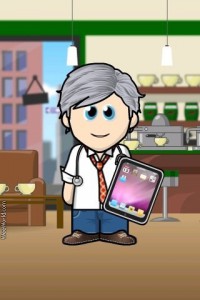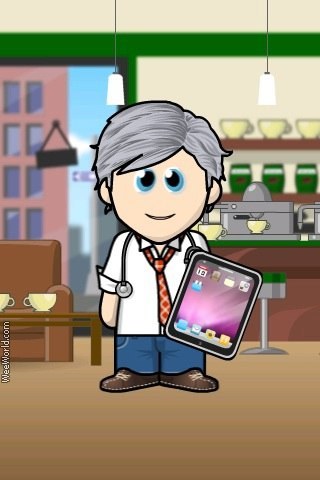The New York Times today has a detailed account of how the USA managed to track down and kill Osama Bin Laden.
In a case of ‘Life Imitating Art’, the NYT description sounds exactly like a plotline from the West Wing (well, two episodes combined, really. Rosi could tell us which ones), and the vision we have seen of the raid looks frighteningly similar to a video game (though the real footage doesn’t have as good graphics as the Playstation 3 version).
The NYT reports that the CIA has been following exhaustive leads in the search for Bin Laden for years, of course. Through a number of sources, a man was identified who was thought to be a courier for Bin Laden. Emails and telephone conversations between his family and Pakistan were tapped.
“Last July, Pakistani agents working for the C.I.A. spotted him driving his vehicle near Peshawar. When, after weeks of surveillance, he drove to the sprawling compound in Abbottabad, American intelligence operatives felt they were onto something big, perhaps even Bin Laden himself. It was hardly the spartan cave in the mountains that many had envisioned as his hiding place. Rather, it was a three-story house ringed by 12-foot-high concrete walls, topped with barbed wire and protected by two security fences. He was, said Mr. Brennan, the White House official, “hiding in plain sight.”
(Photos of the compound don’t portray it as the million dollar mansion that we would envisage from early reports. It looks more like the only sort of place at the Gold Coast that would allow a group of boarding school boys to stay during schoolies week.)
The compound had no internet access or telephone lines, and was so concerned about security that all the trash was burned rather than sent away.
The CIA, under director Leon Panetta, became convinced that Bin Laden was in the compound. In Washington, after considerable discussion, it was decided that a helicopter attack would be the best approach. Navy SEALS were trained in a special facility which was built to be similar to Bin Laden’s compound.
President Bartlett Obama gave the go ahead, and the top brass assembled in the situation room – with ‘turkey pita wraps, cold shrimp, potato chips, soda.’ (?)
79 commandos in 4 helicopters crossed from Afghanistan into Pakistan just after midnight.
The code name for Bin Laden was “Geronimo.” The president and his advisers watched Leon E. Panetta, the C.I.A. director, on a video screen, narrating from his agency’s headquarters across the Potomac River what was happening in faraway Pakistan.
“They’ve reached the target,” he said.
Minutes passed.
“We have a visual on Geronimo,” he said.
A few minutes later: “Geronimo EKIA.”
Enemy Killed In Action. There was silence in the Situation Room.
Finally, the president spoke up.
“We got him.”
The raid took 40 minutes. One of the helicopters would not start when the team went to leave and was scuttled. Bin Lasen’s body, and documents and hard drives were taken from the scene – the women in the compound and nine children were left behind.
As we now know, the first reports of the raid came from a Pakinstani IT consultant via Twitter. Ironically, @reallyvirtual (aka Sohaib Athar) had moved to Attabad for the peace and quiet. His twitter profile says that he is “An IT consultant taking a break from the rat-race by hiding in the mountains with his laptops.” Athar is a master of understatement.
“A huge window shaking bang here in Abbottabad Cantt. I hope its not the start of something nasty :-S”
These are his tweets from the night (read them from the bottom up).
The full archive of his initial tweets, and the rumours and false reports that followed, can be followed at http://twitter.com/#!/ReallyVirtual
If Sony wasn’t up to its neck in problems, I’m sure Will would have already been able to download ‘Call of Duty – Operation Geronimo’
What I Learnt On 3rd May in other years
Add a comment











 RSS - Posts
RSS - Posts

